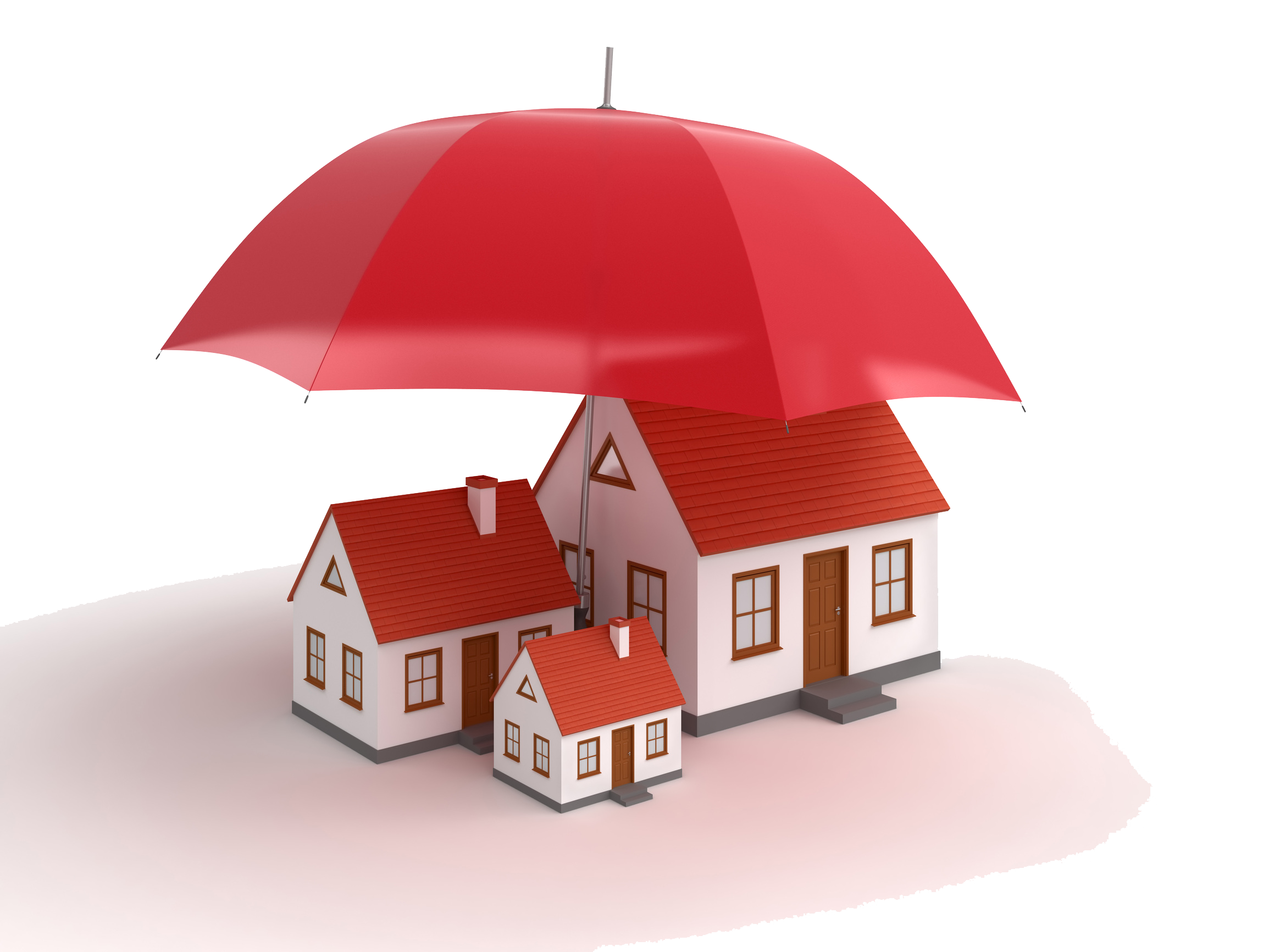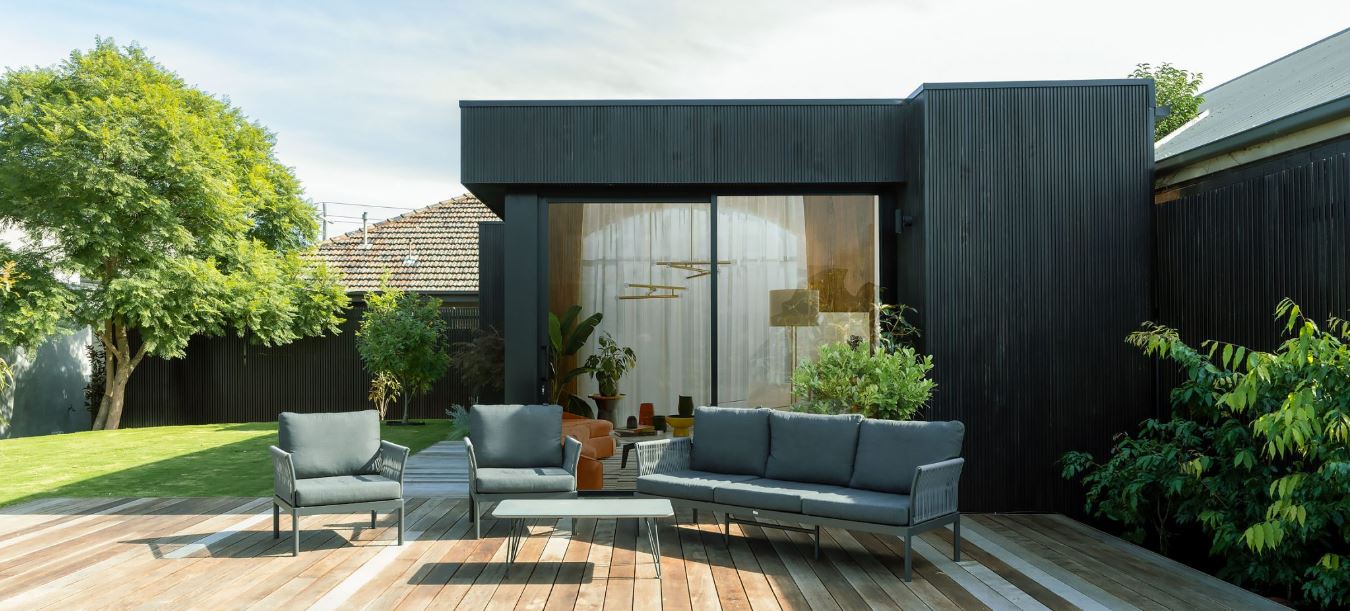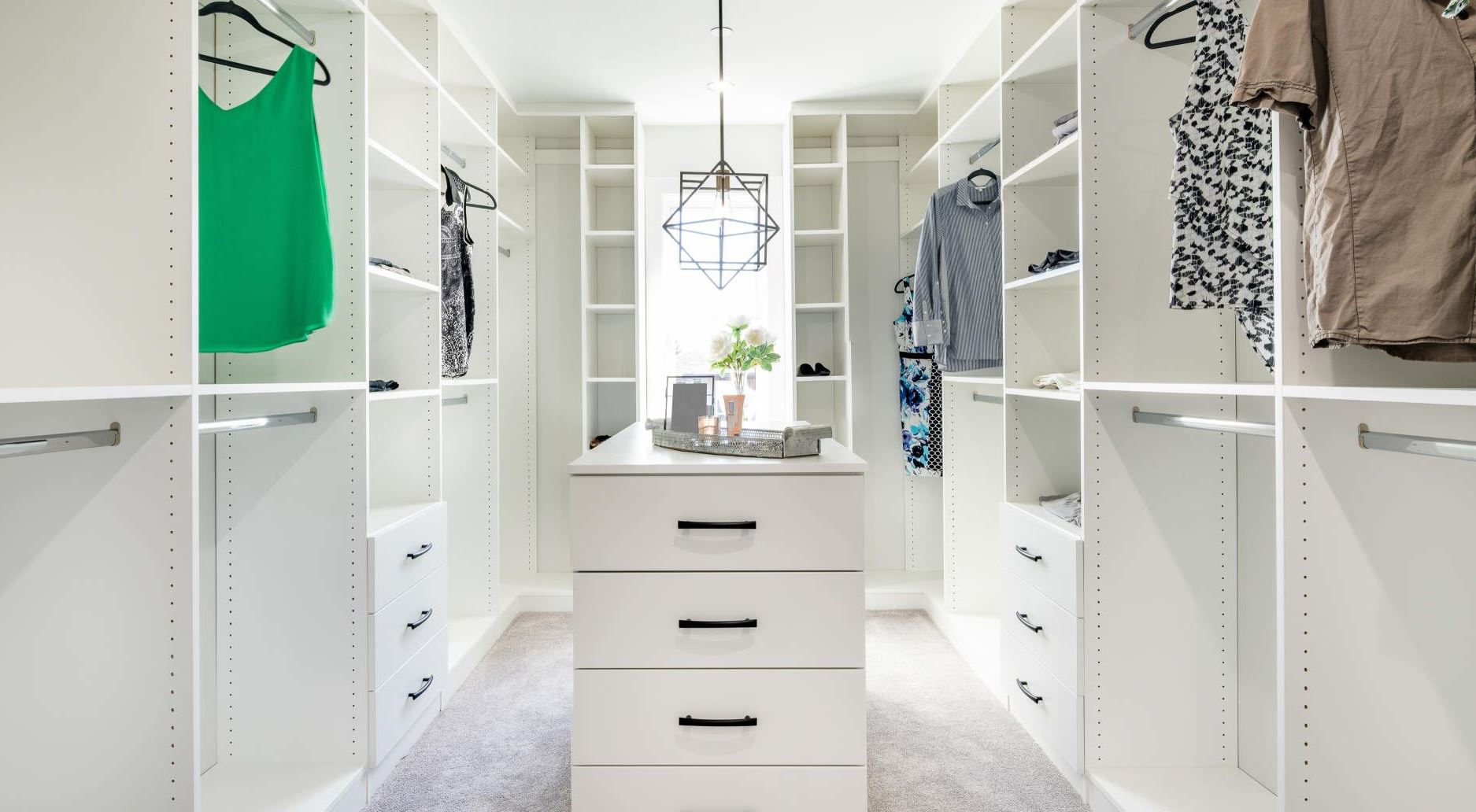Types of Home Insurance Cover
Home insurance or bricks and mortar cover is an insurance policy for general household cover. Home insurance generally protects your four walls and roof but it doesn’t cover any related outbuildings, or separate constructions like sheds, garages or patios. See Building Insurance below.
Generally speaking, there are two common types of home insurance in Australia: total replacement cover and the more common sum insured cover.
Total replacement cover is essentially an insurance cover that restores your home to its original condition prior to an “insured event” for which you are covered. So what is an insured event? “Insured event”? This could be fire, lightning, trees falling or flooding. There are a number of events that could destroy your home. If any of these events occur then an insurance inspector will be called upon to assess the damage.
Adding extras to your home insurance policy
Strictly speaking, the following policy extras are not always referred to as ‘home insurance’ – yet they are still important elements you need to take into consideration when buying home insurance. You might find one or several individual policies apply to your circumstances.
We’ve listed some of the most common home insurance extras below:
- Landlord insurance. This type of insurance will cover landlords risks in relation to tenants. This includes any loss of rental income, loss or damage by tenants to your building and contents. It can also cover theft or burglary, damage or vandalism, loss of rent if the tenant breaks their lease and the legal costs you may incur if you have to evict a tenant.
- Accidental damage. Sometimes accidents happen inside and outside your home. Investigate how much accidental cover you have or you are eligible for. Compare this cover and costs with other insurance companies.
- Fire insurance. As we know Australia is fire-prone. However, not all suburbs have the same amount of risk as other suburbs. When creating a home insurance policy make sure you are covered by fire as not all fires are started by natural disasters. Fire insurance should be included in your cover.
- Motor burnout insurance. This optional extra seems a bit confusing to some homeowners. But look around your home and you will quickly identify appliances that actually have a motor. These include indoor appliances such as washing machines, dryers, freezers and air conditioners. And then there can be outdoor motors such as pool pumps and heating and cooling units. ‘
- Flood insurance. Survey your local area and identify if there are any water risks such as creeks, rivers, lakes or man-made waterways. Ask the local council if you are in a flood risk area. Make sure you understand what type of damage your “flood risk” covers you for.
- Storm damage. As the climate changes so do storm seasons. The falling of trees due to strong winds can totally destroy a home. Also, lightning and stormwater can cause a significant amount of damage.
- Building Insurance. Building insurance (also known as homeowners insurance) provides cover for your home from events such as fire, storm damage and floods. It covers the cost of repairing or rebuilding your home and other buildings on your property such as garages and sheds. Building insurance covers both the main structure as well as permanent fixtures such as kitchen cabinets, plumbing and built-in wardrobes. Depending on the policy, it may also cover any legal liability caused to someone injured visiting your property. If you live in a strata title apartment (and the majority of apartments in Australia are strata title – you can generally check with the executive committee of your building or managing agent to confirm), the building will be covered by residential strata insurance (also known as body corporate cover). This type of cover is mandatory in every state and territory in Australia and the cost is shared between all owners.
- Contents insurance. Whereas building insurance protects the structure of your home, contents insurance covers the repair or replacement of your possessions inside your home. Some policies will also provide cover for your contents when you take them outside of your home (usually for an additional premium).
- Combined Home and Contents Insurance – Often you will see home and contents insurance combined as if they were one product. They are however two separate policies. Having the policies combined in the one agreement means having to pay only one premium, and depending on the insurer, may also mean that you are entitled to a discounted rate.
- Renters Insurance – If you rent or share a place with flatmates, you may want to consider renters’ contents insurance for your personal possessions. As with contents insurance for homeowners, you could select a policy that provides cover for your possessions when you take them outside of your home. Contents insurance policies vary, so find a level of cover that is right for you.




